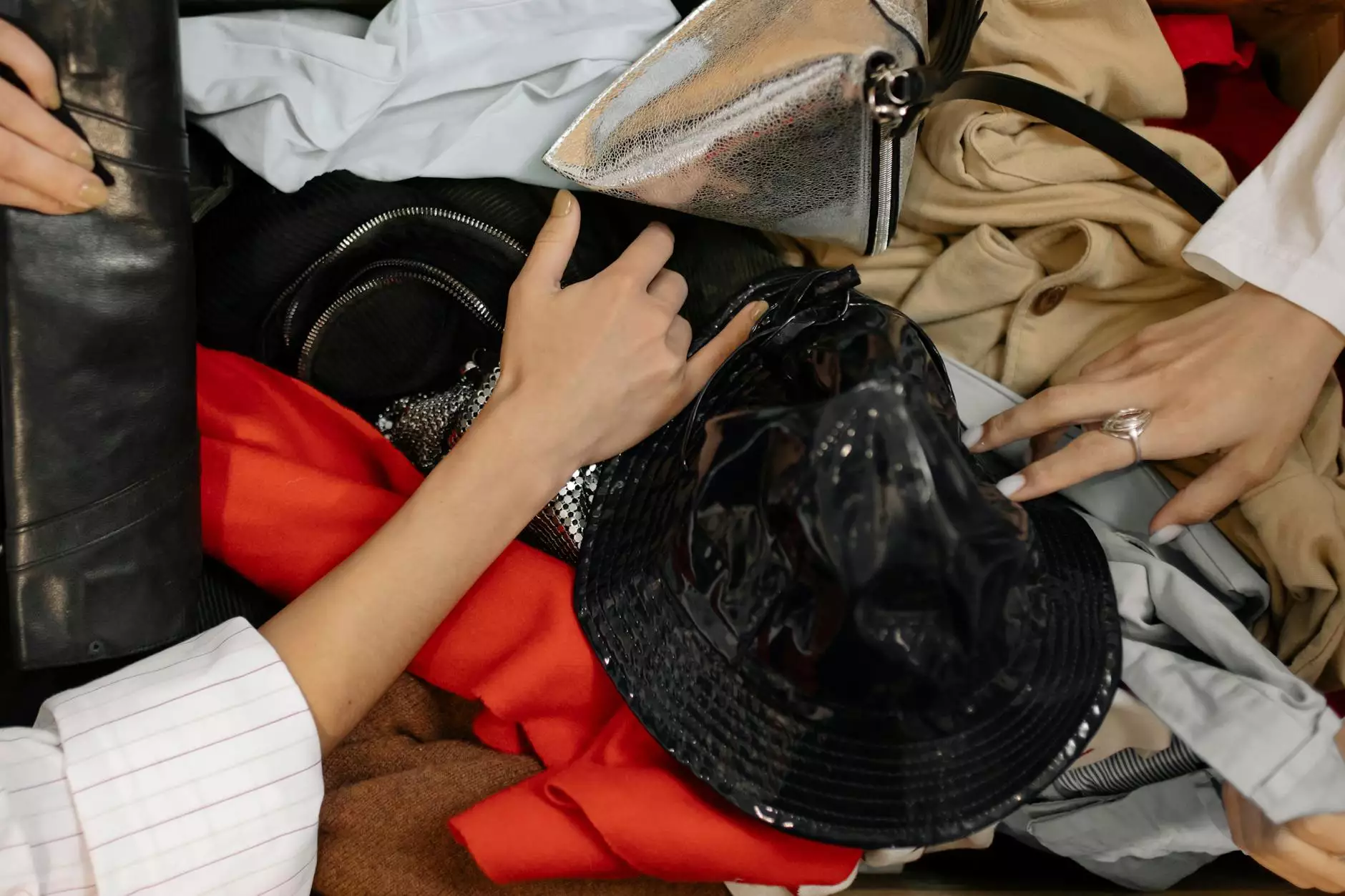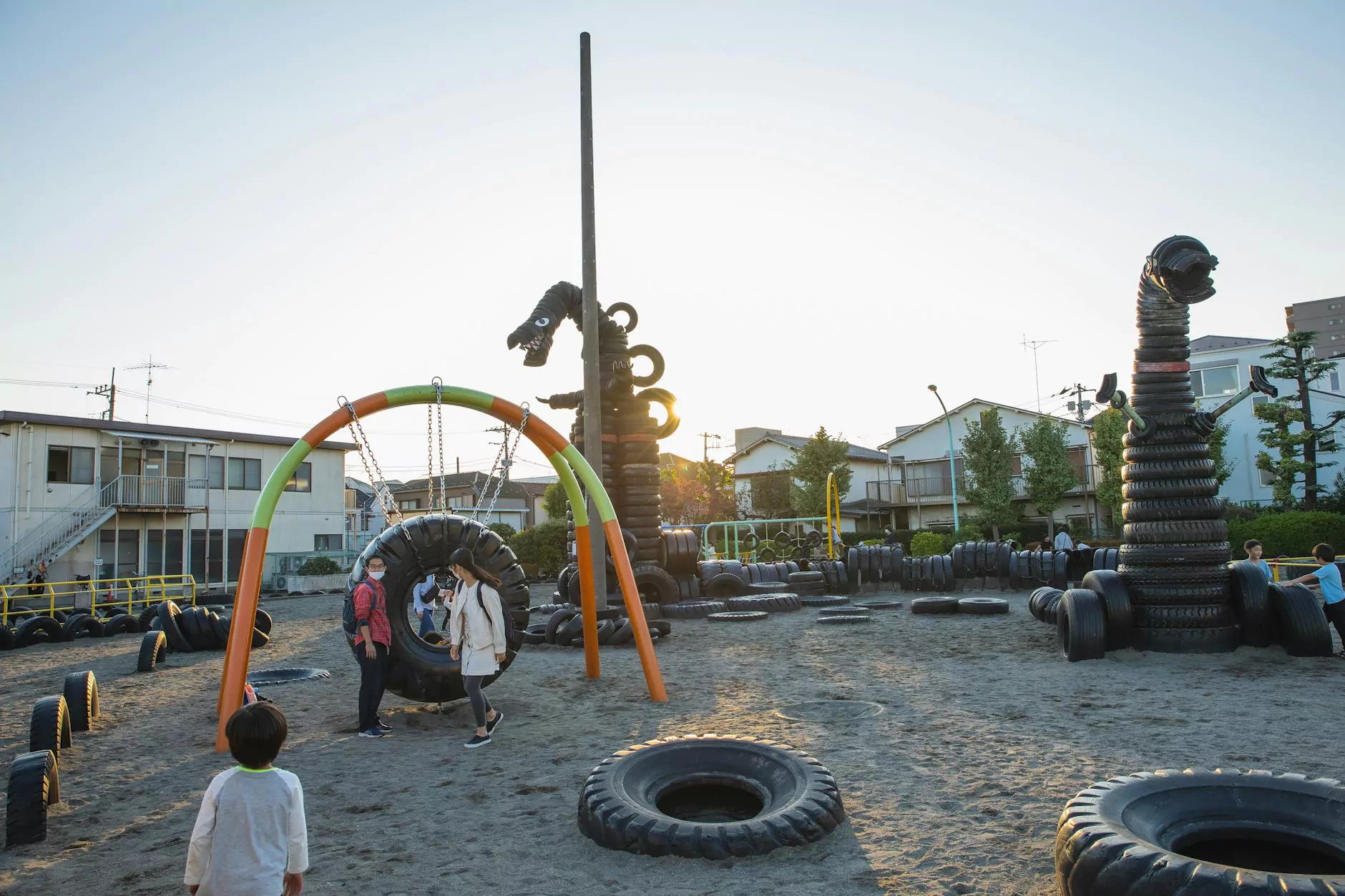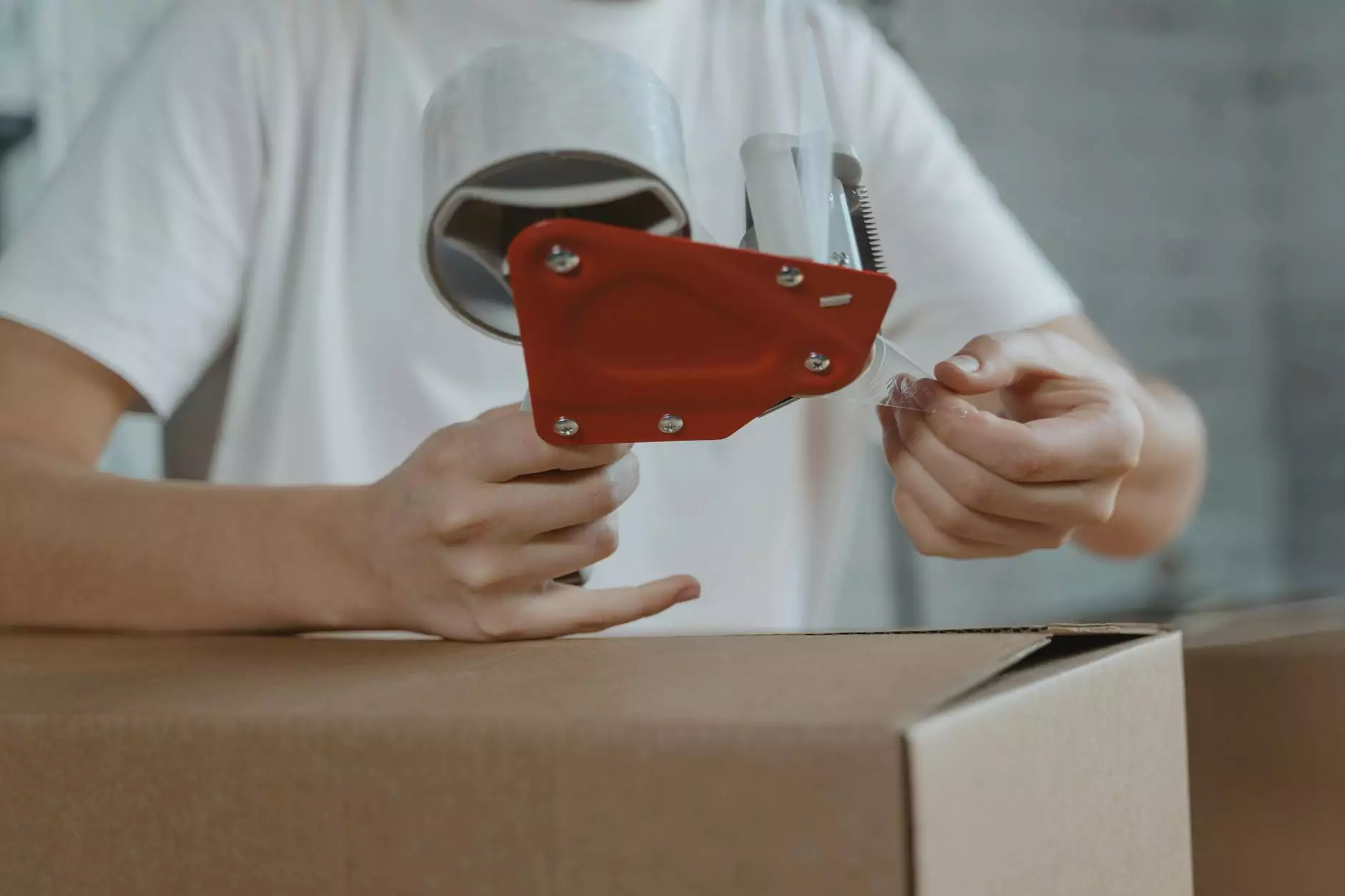The Advantages of Purchasing Used Items

In today's economy, the trend of purchasing used items has gained significant momentum. Consumers are increasingly turning to pre-owned products not only to save money but also to contribute to a more sustainable future. This article will explore the numerous benefits of buying second-hand items, guiding you through practical tips, potential savings, and the positive impact your choices can have on the environment.
1. Understanding the Market for Used Items
Used items are sold through various channels including thrift stores, online marketplaces, garage sales, and consignment shops. As a consumer, you can find an array of products ranging from clothing and electronics to furniture and vehicles. The growing acceptance of second-hand goods means that more people are purchasing items with a history rather than opting for brand new products. This shift contributes to a thriving marketplace for used items.
1.1 Thrift Stores and Charity Shops
Thrift stores and charity shops are excellent places to purchase used items. Not only do these shops offer a wide variety of goods, but they also support charitable causes. When you buy from these stores, your money goes towards helping those in need. Plus, you get the opportunity to discover unique items that you might not find elsewhere.
1.2 Online Marketplaces
Platforms like eBay, Facebook Marketplace, and Craigslist provide an expansive reach for buying and selling used items. These websites allow individuals to connect directly with sellers, leading to competitive prices and the chance to negotiate. By shopping online, you can easily compare prices and even find rare collectibles!
2. The Environmental Impact of Purchasing Used Items
One of the most compelling reasons to purchase used items is the positive environmental impact. The production of new goods requires resources such as water, energy, and raw materials, contributing to pollution and waste. By opting for second-hand products, you:
- Reduce Waste: Every item you buy used is one less item in the landfill.
- Conserve Resources: You help conserve natural resources by reducing the demand for new production.
- Minimize Carbon Footprint: Buying used items reduces the energy consumption associated with the manufacturing and transport of new goods.
2.1 Second-Hand Clothing: A Sustainable Fashion Choice
The fashion industry is notorious for its environmental impact. By choosing to buy used clothing, consumers can dramatically reduce their clothing waste footprint. Thrift shopping not only offers a unique style but also promotes a culture of recycling and sustainability. Furthermore, many thrift stores curate their selection to align with current trends, making it easier than ever to find fashionable pre-owned pieces.
3. Financial Benefits of Buying Used
While the environmental benefits are significant, the financial aspects of purchasing used items cannot be overlooked. Buying second-hand typically yields considerable savings compared to buying new. Let’s delve into the savings you can expect:
- Significant Discounts: Many used items can be found at a fraction of their original retail price.
- Depreciation: New items lose a significant amount of value the moment they are purchased, while used items often retain more of their original value.
- Reduced Insurance Costs: For items like cars, opting for used can lead to lower insurance premiums since the overall value is lower.
3.1 Smart Shopping Strategies
To maximize your savings when purchasing used items, consider the following shopping strategies:
- Research: Familiarize yourself with the typical prices of items you’re interested in. This way, you'll know a good deal when you see one.
- Inspect Items Carefully: Always check the condition of used items before purchasing to avoid surprises later.
- Be Patient: Sometimes, waiting can lead to even better deals. Keep checking multiple sources over time.
4. Unique Finds and Vintage Treasures
One of the exciting aspects of purchasing used items is the potential to uncover unique or vintage treasures. Antique shops, flea markets, and estate sales often yield one-of-a-kind items that tell a story. In a world of mass production, these distinctive pieces can add character and charm to your home or wardrobe.
4.1 The Allure of Vintage
Vintage items are not just nostalgic; they are becoming increasingly fashionable. From retro furniture to classic clothing styles, incorporating vintage pieces into your life can make a bold statement. Plus, many vintage items were crafted with higher quality materials than modern equivalents, ensuring longevity and durability.
5. Supporting Local Economies
By choosing to purchase used items, you often support local communities and economies. Many small businesses rely on the sale of second-hand goods. When you shop locally, you are helping these businesses thrive and promoting job creation within your community. This practice fosters economic resilience and encourages local entrepreneurship.
5.1 Yard Sales and Community Events
Participating in yard sales and community swap meets is another way to support your local economy. Not only do you get to find treasures at lower prices, but you also engage with your neighbors and strengthen community ties. It’s a fun and social way to shop, with the added bonus of reducing environmental impact.
6. Challenges of Buying Used Items
While there are numerous benefits, purchasing used items does come with its challenges. However, being aware of these can help you navigate the landscape effectively:
- Quality Concerns: Not every used item will be in excellent condition, so it’s essential to thoroughly inspect items before buying.
- Lack of Warranty: Many used products do not come with warranties, which can lead to potential issues if something fails shortly after purchase.
- Time Consumption: Searching for the perfect second-hand item can take time and patience, especially in a crowded marketplace.
7. How to Ensure Quality When Purchasing Used Items
To mitigate the risks associated with buying second-hand, consider these best practices:
- Ask Questions: Don’t hesitate to ask sellers about the history and condition of the items.
- Check Return Policies: If you’re buying from a store, see if there are options for returns or exchanges.
- Look for Reviews: For online purchases, check seller ratings and reviews to gauge their reliability.
8. Conclusion: Join the Movement of Conscious Consumers
As we collectively move toward more sustainable consumption patterns, purchasing used items emerges as a powerful, responsible choice. It not only fosters a culture of reuse and sustainability but also bolsters local economies and helps save you money.
Embracing second-hand shopping is an opportunity to make impactful purchasing decisions while enjoying unique finds and significant savings. So the next time you're considering making a purchase, remember the advantages of choosing used. You can be fashionable, financially savvy, and environmentally conscious, all at once!
For more tips on shopping and sustainability, visit msexpspzoo.com.









